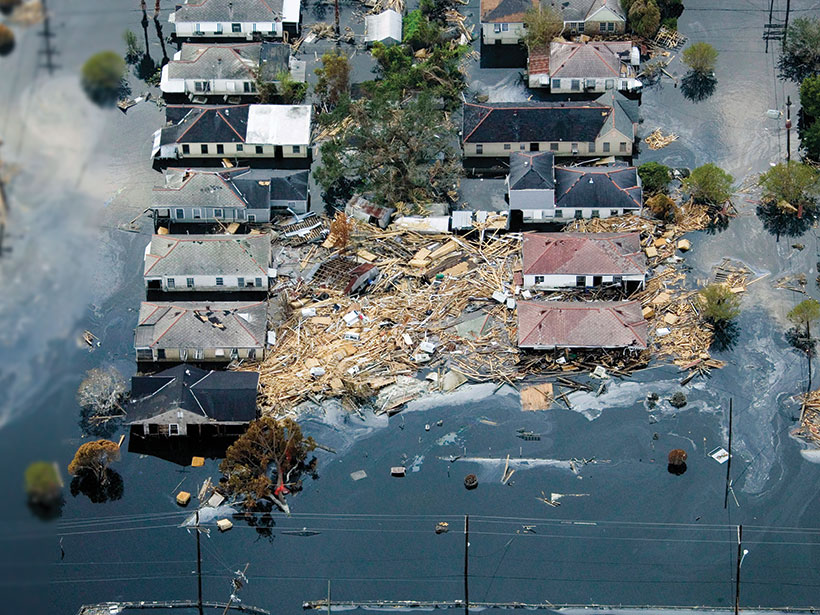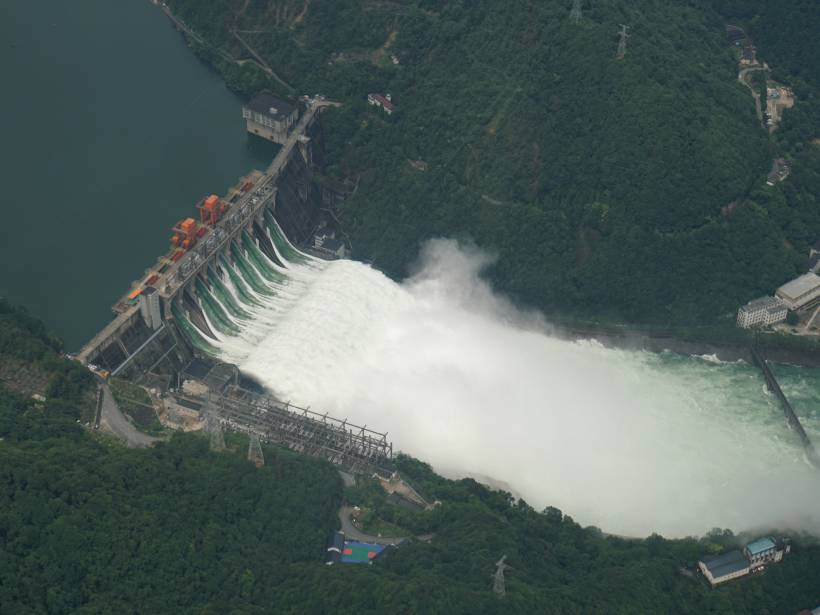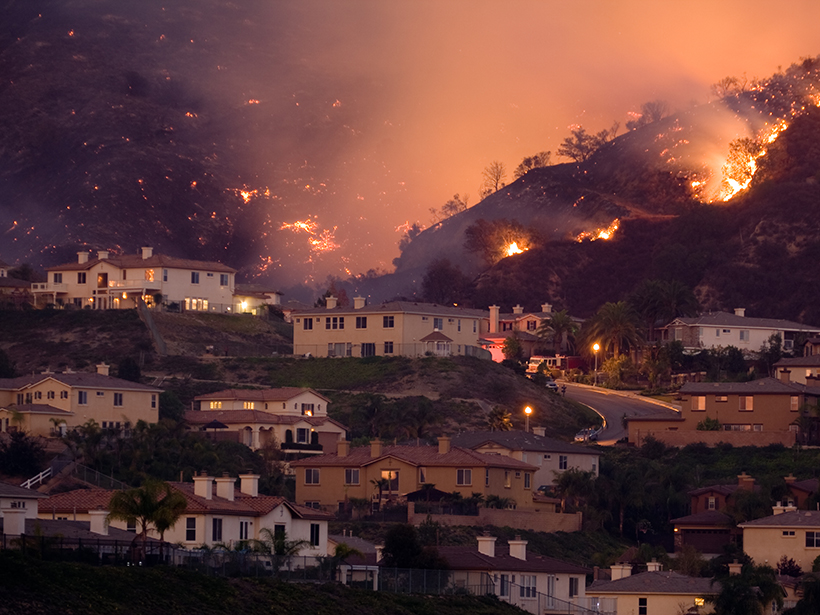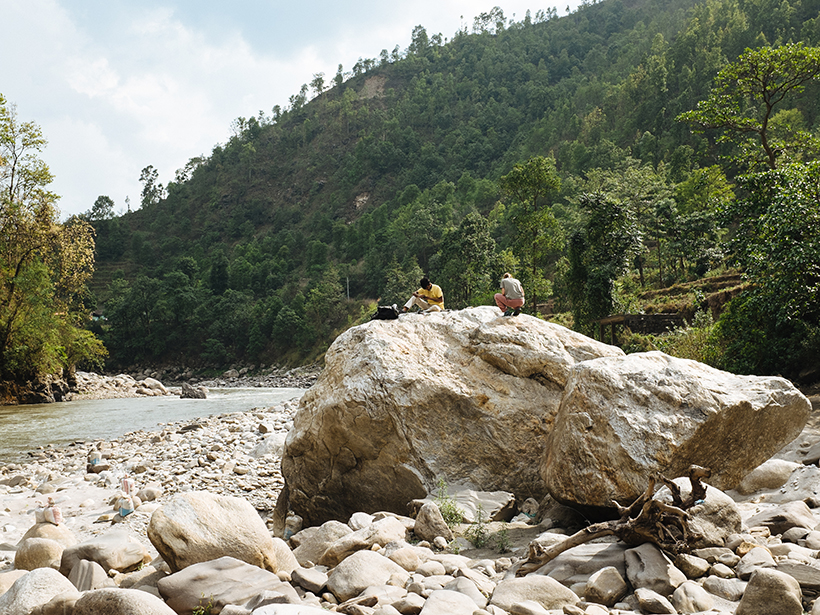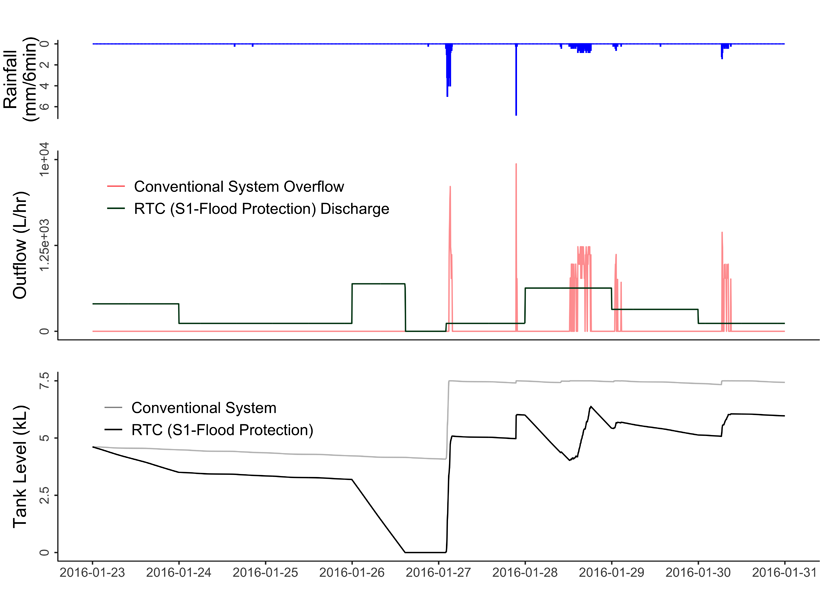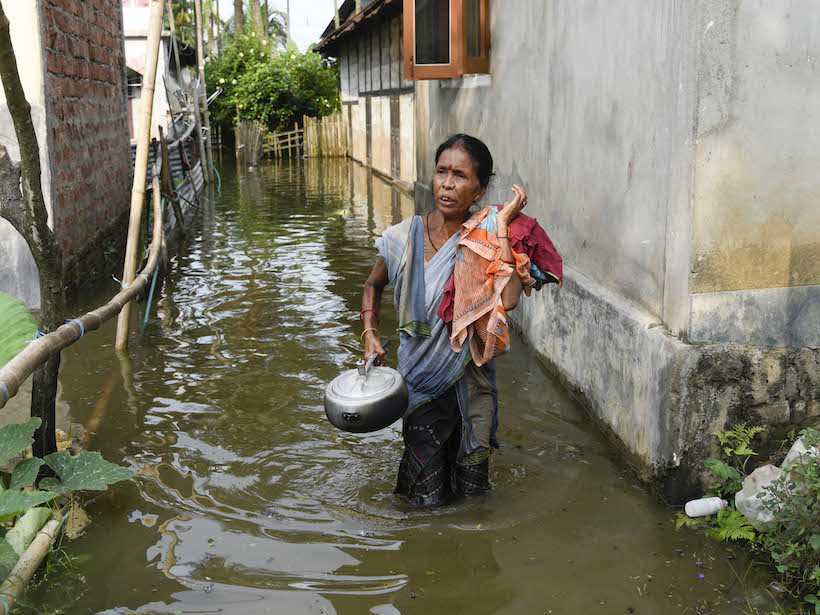Natural hazard impacts and resources allocated for risk reduction and disaster recovery are often inequitably distributed. New research is developing and applying methods to measure these inequities.
floods
Finding “Glocal” Solutions to Flooding Problems
Scientists call for joint efforts to combine real-time global rainfall data with high-resolution local hydrology to better forecast floods.
Homes and Other Buildings Abound in Natural Hazard Hot Spots
Researchers mined maps of natural hazards and land use to show that nearly 60% of structures are built in regions at high risk of earthquakes, wildfires, floods, hurricanes, and/or tornadoes.
Powerful Glacial Floods Heave Himalayan Boulders
Many of the house-sized boulders that litter Himalayan river channels were transported thousands of years ago by glacial lake outburst floods, new observations suggest.
Can Newspaper Reporting Uncover Flood Risk?
In areas of low or no flood monitoring, archival coverage of historical flooding can help scientists make better risk predictions.
Torrential Rains and Poor Forecasts Sink Panama’s Infrastructure
Scientists are working to improve the forecasting of heavy rains in Panama following several events over the past decade that caused substantial flooding and damage.
How Infrastructure Standards Miss the Mark on Snowmelt
Nationwide, civil engineers consider precipitation values from NOAA to design their structures. But those values are missing another contributor to flood risk: snowmelt.
Rainwater Harvesting Can Reduce Flooding as Well as Saving Water
Weather forecasting can greatly improve benefits of rainwater harvesting.
New Recommendations for a Proactive Flood Policy in India
As India grapples with devastating monsoon floods, a new review supports greater investment in nonstructural solutions.
A Brighter Future for Coral Reef Islands
Although some islands demonstrate more resiliency than previously thought, island communities may require significant flood-resistant infrastructure to maintain their way of life.

